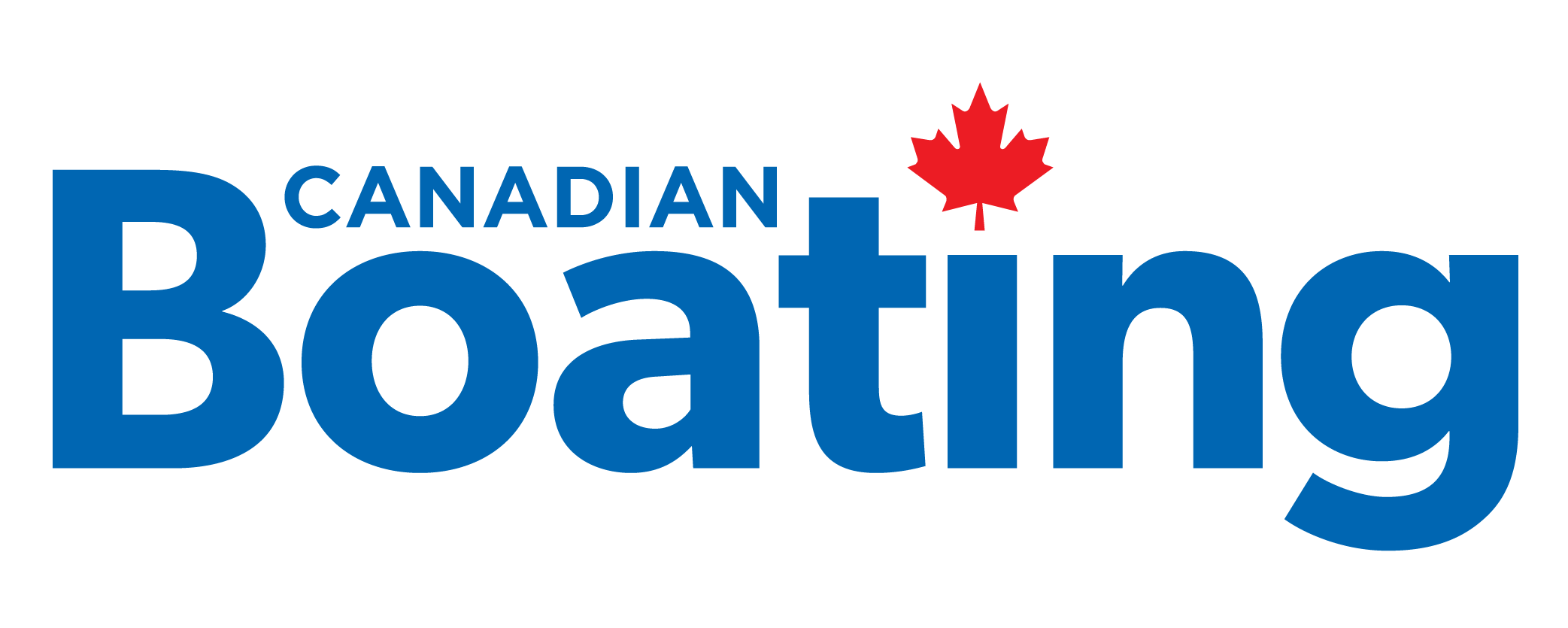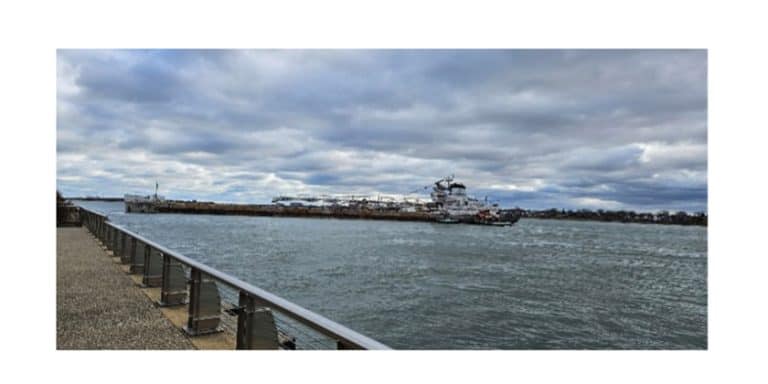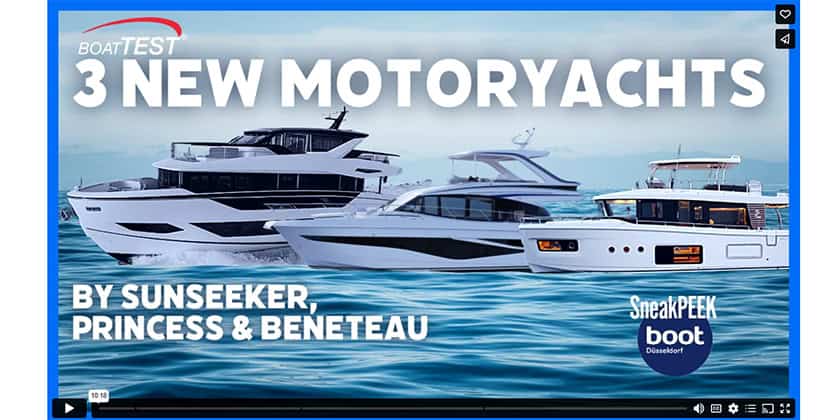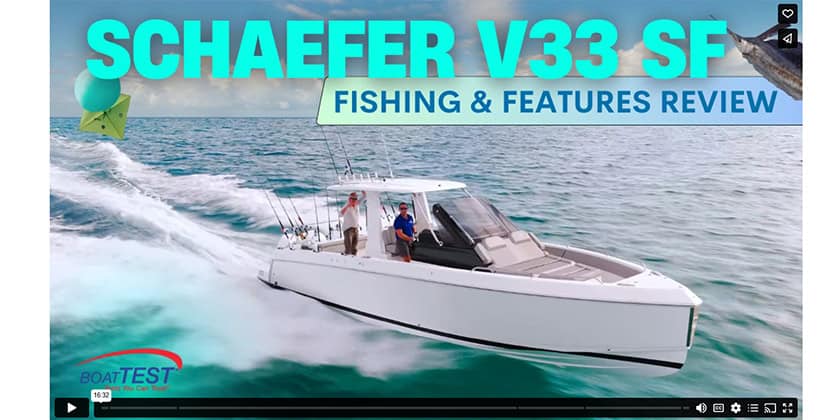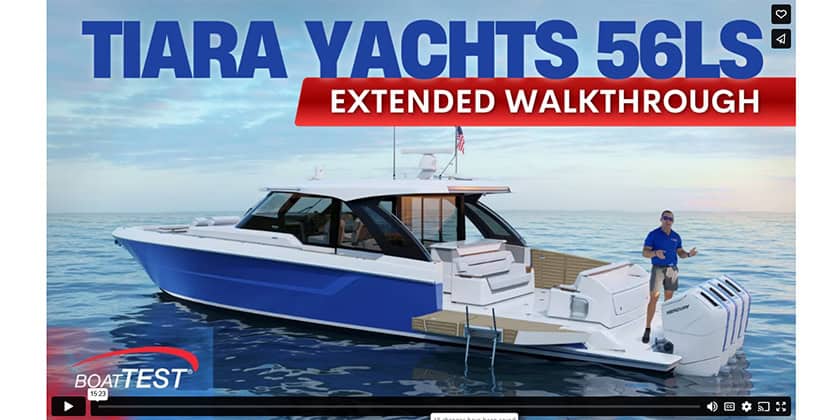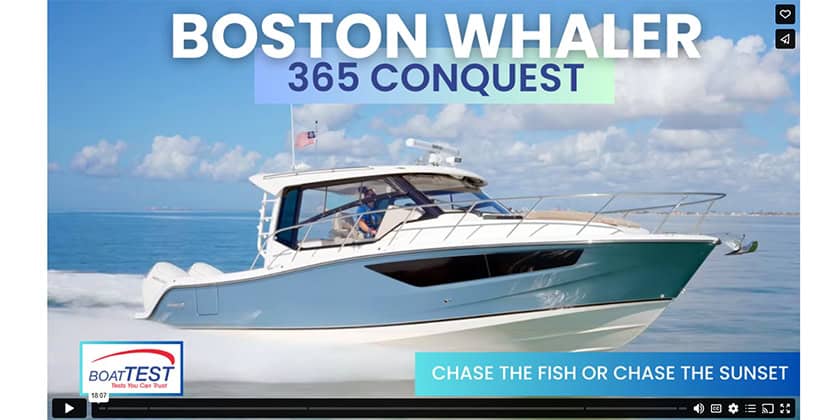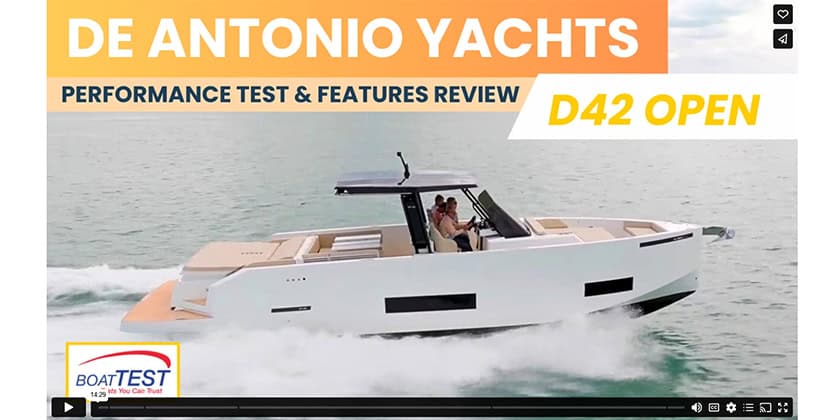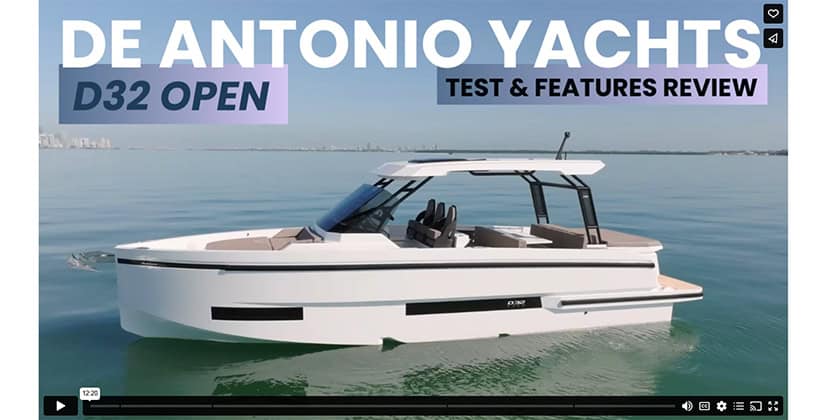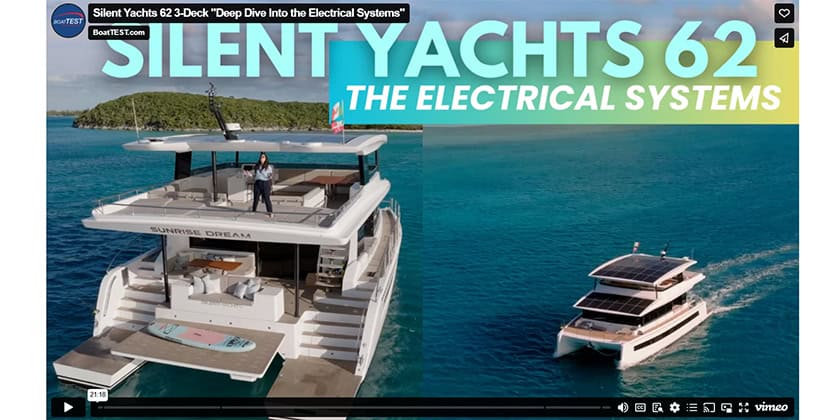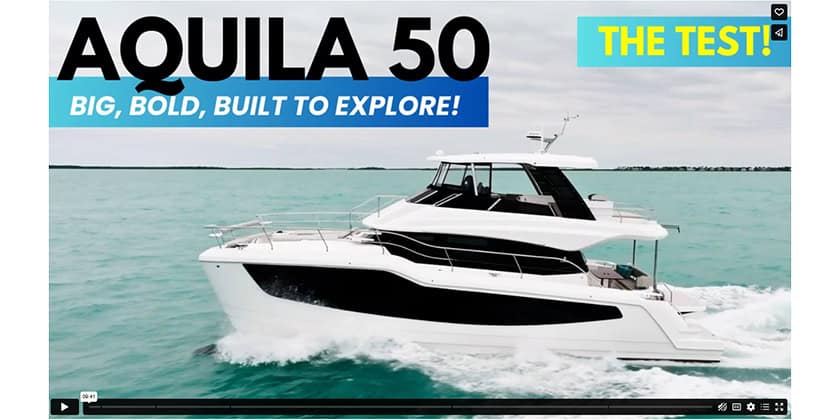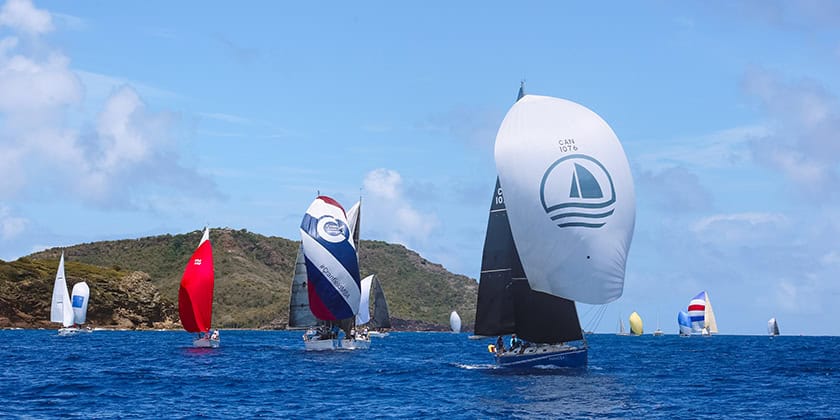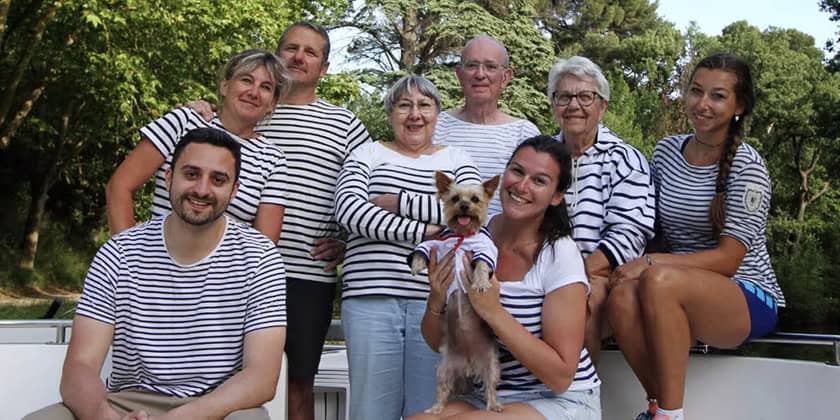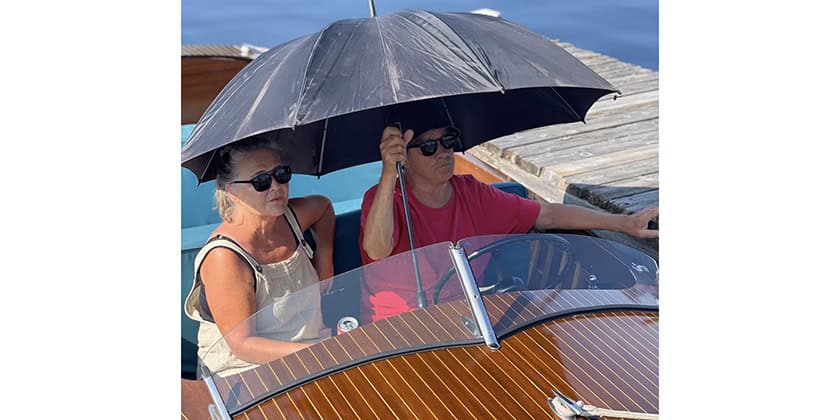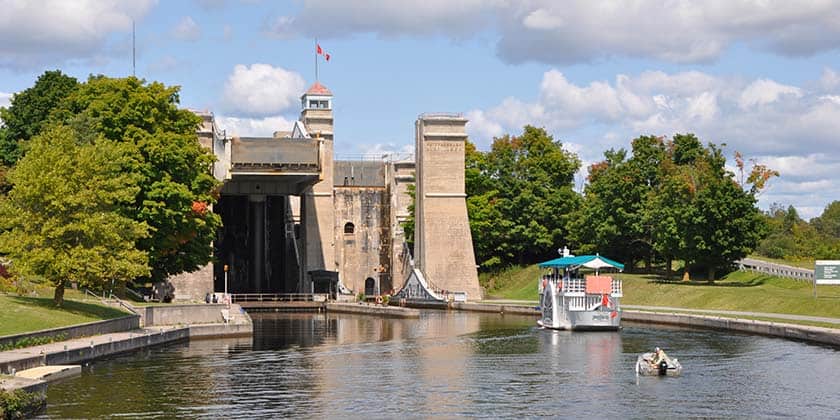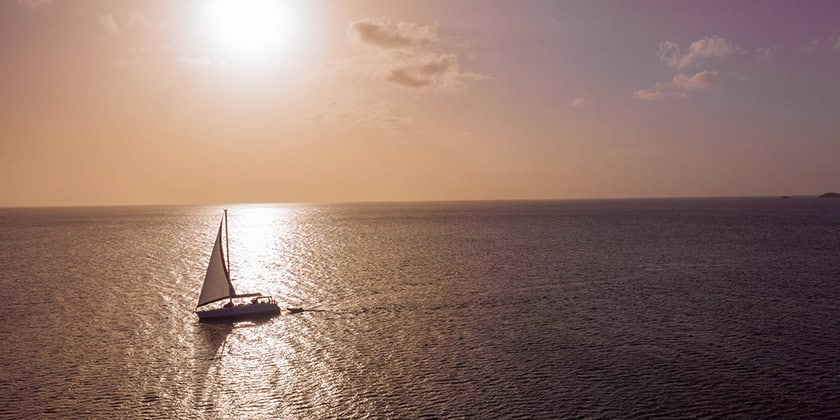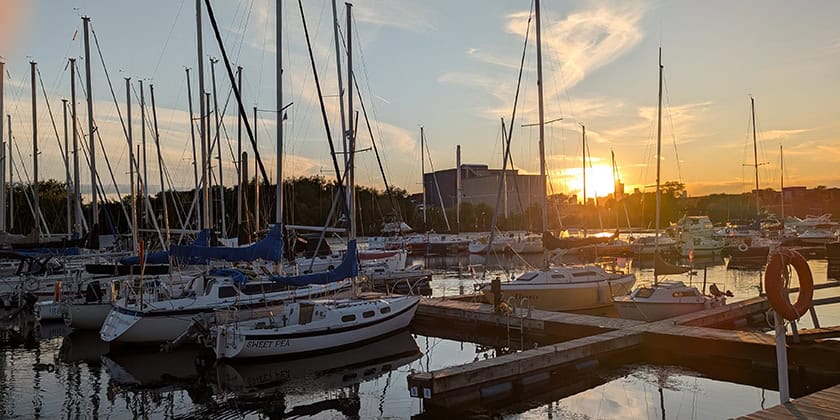Why Should I Take a Boating Course?

Feb 23, 2016
John Gullick, CPS-ECP Manager of Government and Special Projects
A question that I get asked a lot is “why should I take a safe boating course?”
Let me start by asking you the following question: Would you start driving a car before taking a course and/or driving lessons? The answer is probably no and for good reason.
When it comes to operating a boat, especially a power boat, personal watercraft or sailboat, I often ask the same question and the answer I get is usually very different. Most people believe that operating a boat is much easier that operating a car and I would respectfully suggest that this is far from the truth.
Let’s think about it and follow the comparison. When you do the written portion of your driver’s test you have to be able to identify a large number of signs. The same is true for travel on the water. I counted up the number of different signs, markers, lights and flags that are noted in Transport Canada’s Safe Boating Guide and there are over 60. Add to that which side of the boat you keep certain markers on changes depending on the direction of the water flow and you have to know how to determine that.
Let’s go even further. You are required to carry up- to- date charts, the water version of road maps, on board. To be able to use them you also need a magnetic compass and an understanding of the symbols that are noted on the chart. There are literally pages of those. In fact there is a whole book dedicated to charts, their symbols and how to read them.
Now let’s look at the operation of the vessel itself. Power boats, personal watercraft, sailboats and paddle boats all perform differently, just like cars, trucks, motorcycles and bicycles. When you turn the steering wheel on a boat it is the back end of the boat that moves first, not like the front end of a car. When you take your foot off the gas in a car you can still turn left or right with no problem. The same is not true in a boat. So much so in some cases that, without power to drive forward motion, the boat or personal water craft will not turn at all. Cars have brakes, boats don’t and rely on reverse thrust or friction to slow the boat down.
Most cars also contain all the required safety equipment already built in. The same is not true of boats.
Different types and sizes of boats require different safety equipment on board, in good repair and accessible. You need to know what that equipment is and how to maintain it. For the most part seat belts are the same but lifejackets and personal flotation devices (PFDs) are not. Today PFDs are purposely designed for different types of on-the-water activity and you need to know how to choose the right one for what you do and how to maintain it.
Last but not least, let’s consider weather. It is true that in a car you have to consider adverse weather conditions, especially heavy wind or rain, but in most cases you are protected from those conditions and can carry on to your destination. The same is not true on the water. Slight changes in the weather can call a halt to what started out as a fun day on the water. Even too much sunshine can have adverse effects and you need to know when to recognize that and how to do something about it.
Are you beginning to get the picture? I have not yet talked about Cold Water Shock due to unexpected immersion or the dangers of carbon monoxide.
The body of knowledge that is required to pass the test for your Pleasure Craft Operator Card (PCOC) now has 257 key learning points and that covers only the basic level of knowledge that is really needed to understand fully and enjoy a safe boating experience for you and your family and guests.
Canadian Power and Sail Squadrons (CPS-ECP) offer a range of classroom and home study courses and seminars that cover everything from basic boat safety, handling and navigation up to advanced navigation, offshore cruising, local and global weather, marine electronics, marine maintenance, distress signaling and much more. Go to: www.boatingcourses.ca. Courses are usually offered during the winter and early spring months so you can enjoy year-long boating experiences, learn a great deal and make many new friends that share your passion for boating.
It is said that knowledge is power and when it comes to boating you can never have too much of it. That knowledge can give you the confidence to really enjoy your boating experience and it can give others confidence in your abilities as a safe boat operator. The best trip is always a safe return trip.
http://www.boatingcourses.ca/home
